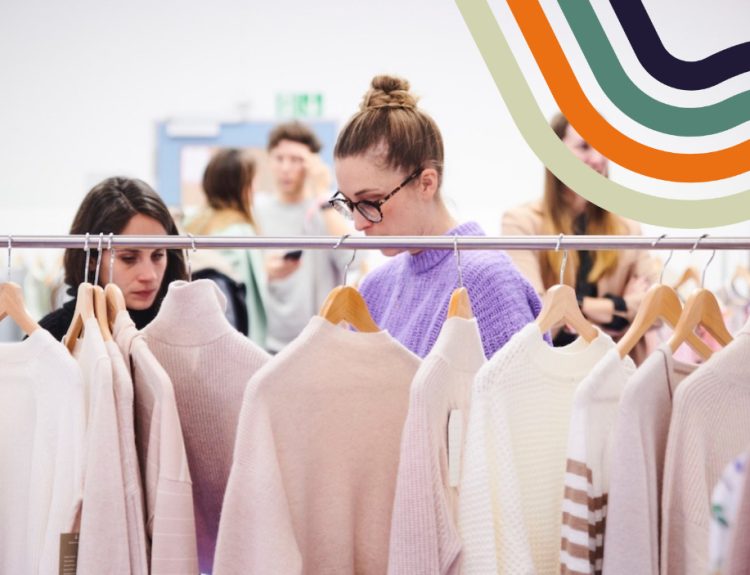The dress is one of the most iconic and versatile garments in human history. It has evolved through centuries of social transformation, artistic expression, and cultural diversity. From ancient civilizations to modern runways, the dress has symbolized identity, femininity, power, and creativity. This article explores the historical evolution, design variations, cultural meanings, and modern relevance of dresses while examining how this simple yet elegant garment continues to define fashion across the world.
The Historical Journey of the Dress
Early Civilizations and Functional Beginnings
The earliest dresses were simple, functional pieces created for comfort and protection. In ancient Egypt, women wore lightweight linen garments known as kalasiris, designed to keep them cool under the desert sun. Greek women wore peplos and chitons, garments that draped gracefully, symbolizing both practicality and beauty. Meanwhile, Roman women’s stolae introduced pleats and layers that added refinement and structure to their appearance. These early dresses were not just clothing—they represented social status, climate adaptation, and artistry in textile creation.
The Medieval and Renaissance Eras
By the Middle Ages, dresses became more elaborate, often constructed from wool or silk and embellished with embroidery, jewels, and brocade fabrics. The silhouette evolved dramatically—corsets were introduced, creating structured bodices and voluminous skirts that accentuated the female form. During the Renaissance, fashion became a statement of wealth and power. Dresses featured luxurious materials, exaggerated sleeves, and rich colors that indicated one’s position in society. The dress was no longer a mere garment—it was a declaration of prestige.
The Victorian Influence
The Victorian era redefined femininity and modesty. Dresses during this period were layered, featuring crinolines, petticoats, and bustles that created dramatic silhouettes. Fabrics like velvet, taffeta, and satin became symbols of affluence. Although restrictive by modern standards, Victorian dresses introduced the concept of detailed tailoring and ornamentation that would influence fashion design for generations.
The Modern Transformation of Dresses
The 20th-Century Revolution
The early 1900s marked the beginning of modern dress design. The 1920s “flapper dress” symbolized liberation and rebellion, with shorter hemlines and loose silhouettes replacing corsets. In the 1950s, the classic hourglass figure, popularized by icons like Audrey Hepburn, showcased the elegance of fitted bodices and full skirts. The 1960s and 1970s introduced mini dresses, psychedelic patterns, and bohemian influences, reflecting social freedom and youth culture.
By the 1980s, power dressing emerged. Women’s dresses became sharper and more structured, representing empowerment in professional spaces. This was the era when dresses were no longer limited to femininity—they became symbols of ambition and individuality.
The Digital and Sustainable Era
In the 21st century, fashion’s global landscape has expanded dramatically. Designers now blend tradition with innovation—creating dresses from eco-friendly materials like organic cotton, bamboo, and recycled fabrics. The rise of digital fashion allows consumers to visualize dresses through virtual fitting rooms, transforming shopping experiences. Meanwhile, sustainable fashion movements encourage slow fashion—where each dress is valued for craftsmanship and longevity rather than trendiness.
Types and Styles of Dresses
Classic Dress Silhouettes
- A-Line Dress: Known for its universally flattering shape, it fits at the waist and flares gradually toward the hem.
- Sheath Dress: A streamlined silhouette perfect for formal or professional settings.
- Fit and Flare Dress: Combines structure and movement with a fitted bodice and flared skirt.
- Wrap Dress: Popularized by Diane von Fürstenberg, this style ties at the waist, emphasizing the natural figure.
- Maxi Dress: Flowing, floor-length, and ideal for both casual and elegant occasions.
Contemporary Dress Trends
Today’s fashion blends old and new influences. Dresses now feature asymmetrical cuts, mixed textures, and modular designs. Popular innovations include:
- Convertible Dresses: Adjustable styles that can be worn multiple ways, promoting versatility.
- Minimalist Dresses: Sleek designs with clean lines and neutral tones.
- Statement Dresses: Bold patterns, ruffles, or exaggerated sleeves that turn everyday wear into high fashion.
Cultural and Regional Interpretations
Different cultures have their own traditional dress forms that hold deep meaning.
- In Japan, the kimono represents respect and harmony.
- In India, the saree gown merges tradition with modernity.
- In Africa, vibrant Ankara dresses showcase heritage and pride.
- In Western fashion, the evening gown remains the epitome of sophistication.
These cultural influences continue to shape global design, creating a rich tapestry of styles that honor history while embracing evolution.
Fabric and Design Elements That Define Dresses
The choice of fabric dramatically influences a dress’s appeal, comfort, and function.
- Cotton: Breathable and ideal for everyday wear.
- Silk: Luxurious and smooth, often used in formal gowns.
- Linen: Lightweight and natural, perfect for summer dresses.
- Velvet: Rich texture suited for winter and evening events.
- Satin: Glossy finish that enhances elegance and glamour.
Designers also focus on details such as pleating, draping, embroidery, lacework, and embellishments. These design components turn a simple silhouette into a statement piece.
The Dress as a Symbol of Identity and Empowerment
Throughout history, dresses have reflected not only aesthetics but also social change. The modern dress is no longer confined to gender norms or societal restrictions. From the suffragette movement’s white dresses symbolizing purity and equality to today’s gender-neutral designs, the garment has become a canvas of expression and empowerment.
The rise of inclusive fashion has expanded sizing, accessibility, and representation. Modern designers emphasize that every person, regardless of body shape or background, deserves to wear dresses that make them feel confident and authentic.
Choosing the Perfect Dress for Every Occasion
Selecting the right dress involves understanding one’s personal style, occasion, and comfort.
- Formal Events: Opt for floor-length gowns or elegant midi dresses with refined fabrics.
- Business Settings: Structured sheath or shift dresses paired with blazers convey professionalism.
- Casual Wear: Simple cotton or jersey dresses with minimal accessories offer comfort and style.
- Festive Occasions: Embellished or colorful dresses enhance celebratory moods.
Accessorizing also plays a crucial role. The right pair of shoes, jewelry, and handbags can elevate even the simplest dress into a statement look.
How Technology Is Shaping the Future of Dresses
Technology has revolutionized fashion design and dress manufacturing. 3D printing allows for intricate dress patterns that were once impossible to create manually. Smart textiles integrate sensors that can regulate temperature or even track biometric data. AI-driven fashion analytics predict trends, helping designers craft dresses that resonate with future consumers.
Virtual fashion shows and augmented reality try-ons bridge the gap between creativity and accessibility, allowing anyone to experience high fashion digitally.
FAQs
1. What is the most versatile type of dress for daily wear?
A-line and wrap dresses are the most versatile. They flatter most body types, offer comfort, and can easily transition from day to night with minor styling changes.
2. How has sustainability influenced dress design?
Sustainability has led designers to focus on ethical production, organic fabrics, and longevity. Consumers are now choosing timeless dresses over fast fashion trends.
3. What colors are considered timeless for dresses?
Neutral tones like black, navy, white, and beige remain classic choices. However, jewel tones such as emerald, ruby, and sapphire add richness without losing sophistication.
4. Are dresses still relevant in professional settings?
Absolutely. With structured silhouettes and modest hemlines, dresses convey authority and style. Many workplaces embrace dresses as part of a modern professional wardrobe.
5. What is the key to maintaining a dress’s longevity?
Proper care is essential. Always follow washing instructions, store dresses in breathable garment bags, and avoid direct sunlight to preserve fabric color and integrity.
6. Can men wear dresses?
Yes, fashion has evolved beyond gender norms. Many designers create gender-neutral or unisex dress styles that focus on comfort, self-expression, and inclusivity.
The dress continues to redefine itself across centuries—transforming from a simple garment into an emblem of identity, creativity, and cultural legacy. Its evolution tells the story of humanity’s journey through art, innovation, and empowerment, ensuring that the dress remains a timeless cornerstone of fashion and individuality.







